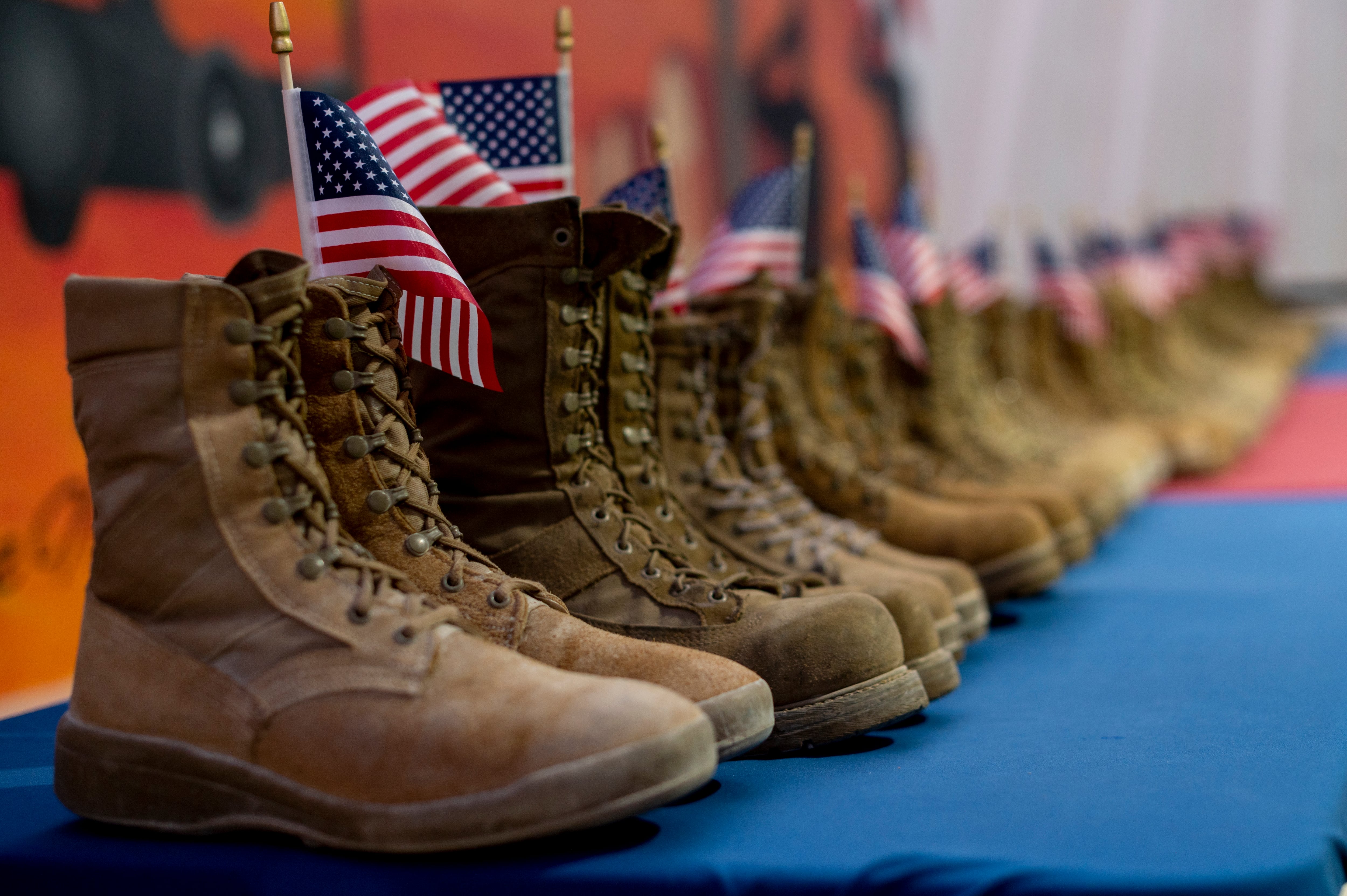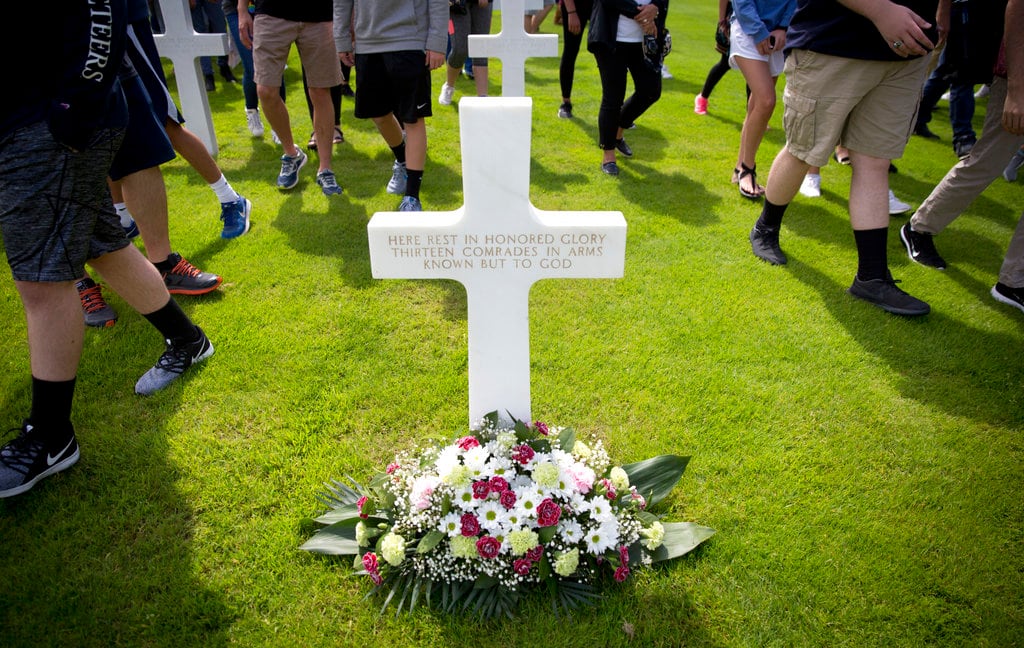If you or a loved one is experiencing thoughts of self-harm or suicide, you can confidentially seek assistance via the Military/Veterans Crisis Line by calling 988 and dialing 1, via text at 838255 or chat at http://VeteransCrisisLine.net. You don’t need to be a VA beneficiary to use the service.
The Army has spent the recent months focusing on mental health and quality of life for its troops in Alaska after a series of 17 suicide deaths among its 11,000 soldiers in 2021 led lawmakers to demand action from service leaders.
And it appeared to be working: the newly-minted 11th Airborne Division, which was created out of Army Alaska and established as the service’s primary Arctic headquarters in June, had only experienced two suicide deaths over the first nine months of 2022.
But in recent weeks, four soldiers assigned to units in Alaska have died by suicide, division leaders acknowledged in an open letter published via social media on Nov. 7.
Of the soldiers who died, three were assigned to the division’s 1st Brigade Combat Team, which is stationed at remote Fort Wainwright near the town of Fairbanks in the state’s rugged interior, confirmed spokesperson John Pennell in an email statement to Army Times. They bring the total number of suicide deaths there in 2022 to six.
- Two soldiers were members of the brigade’s 1st Battalion, 5th Infantry Regiment.
- One soldier was a member of the brigade’s 70th Brigade Engineer Battalion.
- The fourth soldier was assigned to a different unit at Joint Base Elmendorf-Richardson near Anchorage.
In the dual-signed letter to the formation, Command Sgt. Maj. Vern Daley and Maj. Gen. Brian Eifler, mourned losing “four Arctic Angels in the past 30 days to the enemy of despair. We can never replace their loss nor fill the void they left behind.”
Alaska poses a unique challenge for suicide prevention, which the service already struggles with across the board. The Army experienced a post-9/11 record number of active duty suicide deaths in 2021 — though those numbers have decreased in 2022, senior leaders claim — but it has not yet published a long-awaited regulation to standardize and govern its suicide prevention program.
An Army spokesperson confirmed the regulation is still pending and was unable to provide a projected publication date.
RELATED

Commonly cited factors making Alaska more challenging include the difficulty of recruiting mental health providers to move to remote areas in Interior Alaska, the cold and extended darkness of the winter months there, the increased expense and planning needed to visit loved ones in the lower 48 states and more.
A Defense Department-level independent commission is currently evaluating suicide prevention across the force, and it visited three Alaska installations earlier this year.
Meanwhile, 11th Airborne Division and Army leaders have been working to address the problem with the tools they have — sending dozens of behavioral health providers and chaplains, mandating counseling appointments for all soldiers and increasing community and recreation activity funding. The Army has also created new enlistment and assignment options that allow troops who want to be in Alaska to go there, rather than sending soldiers who aren’t interested in the austere living up North.
These efforts have “made a tremendous impact,” Eifler and Daley wrote in their letter, while also praising “soldiers and leaders [who] are courageously intervening, courageously asking for help, and courageously getting involved to care for a teammate.”
But the leaders say soldiers and the service “must double-down on the progress made earlier this year” in order to prevent more deaths.
Davis Winkie covers the Army for Military Times. He studied history at Vanderbilt and UNC-Chapel Hill, and served five years in the Army Guard. His investigations earned the Society of Professional Journalists' 2023 Sunshine Award and consecutive Military Reporters and Editors honors, among others. Davis was also a 2022 Livingston Awards finalist.





